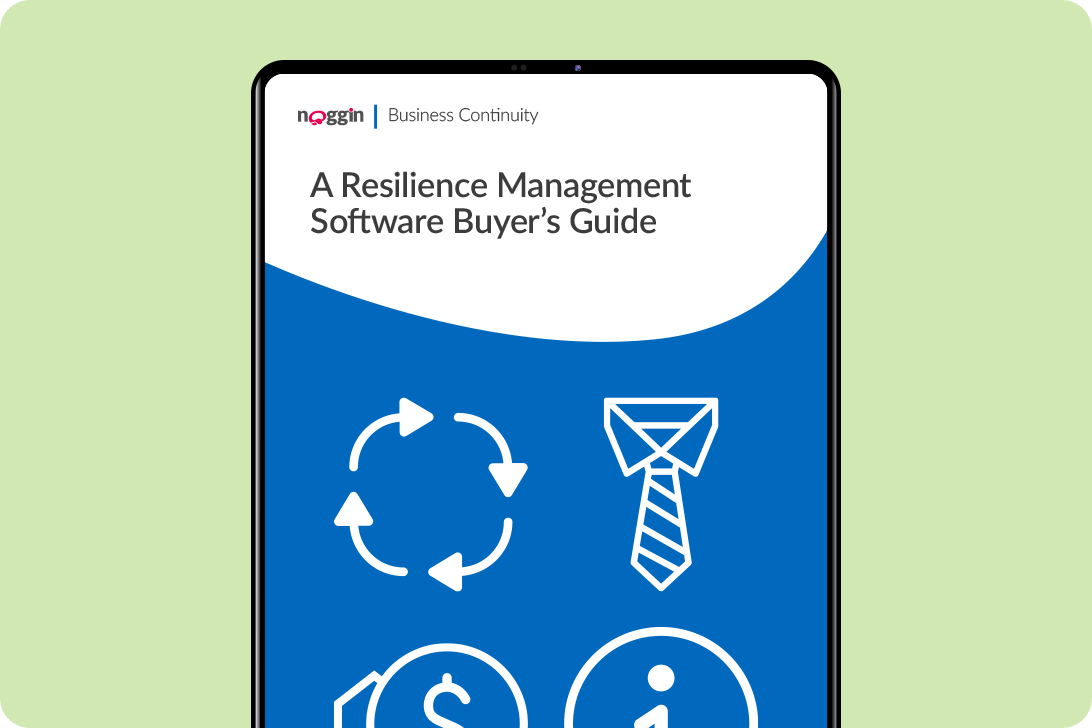Organizational Resilience vs. Business Continuity
Getting to know ISO 22316 and ISO 22301
Despite some important overlaps, organizational resilience and business continuity are distinct practices. Understanding the very real differences between the two is a first step to staying ahead in today’s volatile business environment. So, what are the main differences between organizational resilience and business continuity?
To start, organizational resilience is the ability of an organization to absorb change and adapt, to deliver on objectives, survive, and prosper. Business continuity, on the other hand, is the capability of an organization to continue the delivery of products and services within acceptable time frames at a predefined capacity during a disruption.
The differences go on from there. In fact, the key ones are sketched out in international standards ISO 22316 and ISO 22301.
So, what are the standards?
Providing best-practice guidance for organizational resilience and business continuity management systems (BCMS) respectively, the international standards offer practical advice for businesses of any size, in any industry seeking to develop plans and recovery strategies to address risk.
What do the standards say? Here are the salient themes in each for organizations looking to ensure better incident response, decision making, and continuous improvement.
Core principles of organizational resilience and business continuity
A challenge to enhancing organizational resilience is that there is no single approach. Established management disciplines, such as business continuity, contribute to resilience. Yet they won’t, on their own, ensure an organization gets and stays resilient.
That’s because organizational resilience results from the interaction of attributes, activities, and contributions made from other technical and scientific areas of expertise – all of which are influenced by the way in which uncertainty is addressed, decisions are made and enacted, and how people work together.
To this end, the purpose of ISO 22316 is to establish the core principles for organizational resilience. The standard does this by identifying the attributes and activities that support an organization in enhancing its resilience.
Meanwhile, ISO 22301 – the sole, high-level, international BCM standard – specifies requirements to plan, establish, implement, operate, monitor, review, maintain, and continually improve a documented management system to protect against, reduce the likelihood of occurrence, prepare for, respond to, and recover from disruptive incidents when they arise.
The standard specifies the structure and requirements for implementing and maintaining such a BCMS – one that will develop business continuity appropriate to the amount and type of impact that the organization may or may not accept following a disruption.
And just like an organization’s resilience will be influenced by a unique interaction and combination of strategic and operational factors, the outcomes of its BCMs will also be shaped by legal, regulatory, organizational, and industry requirements, products and services provided, processes employed, size and structure, and the requirements of its interested parties.
Beyond that, the biggest question ISO 22316 answers is, what are resilient organizations? They are entities whose behavior is aligned with a shared vision and purpose and have an up-to-date understanding of the organization’s context.
But that’s not all. What are other attributes businesses should know as well as the remaining differences between organizational resilience and business continuity? Download our guide Business Continuity versus Organizational Resilience to learn more.




